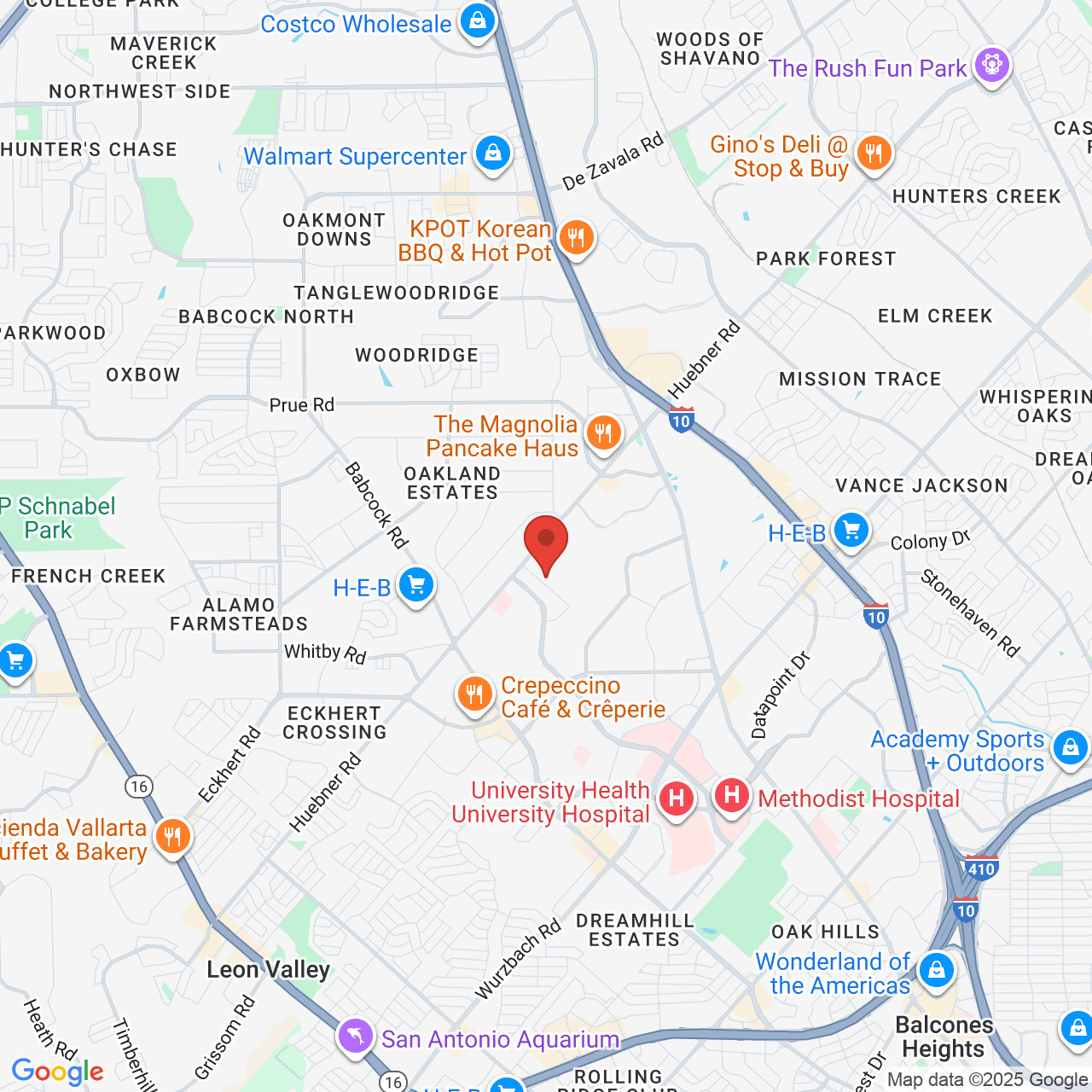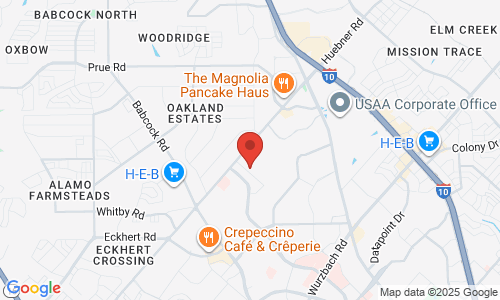Medpor / Supor (plastic polyethylene implant) Frequently Asked Questions

What is a Medpor / Supor implant?
Medpor / Supor is a biocompatible, porous polyethylene implant used for craniofacial reconstruction and augmentation. It was used for many different types of surgeries such as cranial, orbital and later, ear reconstruction. The medpor is used by only 1% to 2% of surgeons as an alternative to traditional natural cartilage surgery.

Why would some choose a Medpor / Supor implant over the more common cartilage surgery?
Some choose the plastic polyethylene technique because it is touted as a one-surgery technique. In fact, it may take two procedures if revisions are necessary or more throughout the life of the patient if the ear fractures from trauma. The child is in surgery and under anesthesia for approximately 6 to 12 hours. The Medpor Implant surgery can begin as early as 3 years of age. There are several philosophical differences in the timing of microtia surgery. Many surgeons feel that this is too early to begin elective surgeries on a child. A disadvantage of starting this early is that the surgeon must guess the size of the medpor/supor (because medpor/supor does not grow) to compensate for the growing normal ear. -The surgery can be performed as an outpatient by some surgeons, although it is felt by many pediatric anesthesiologists that such a lengthy surgery (over 10 hours) should require at least an overnight stay in the hospital.

How is the Medpor / Supor implant surgery performed?
The actual Medpor/Supor or polyethylene implant is comes packaged in a sterile bag. Although the actual implant material is very hard, the parts can be trimmed and bent to make the shape of the ear. The rim is then sutured to the main base and sized in comparison to the normal ear. The Medpor/Supor implant is then covered with a large, thin membrane (called temporoparietal fascia flap) which is located above the ear in the temple area. This flap is elevated by first undermining a scalp pocket from above the ear. The flap is then brought down to fully cover the medpor/supor implant. A skin graft is then needed to cover the medpor/supor implant and the fascia flap. The skin is harvested from many potential locations (depending on the surgeon) such as the groin area, scalp, arm and even behind the normal ear. When the skin graft is obtained from the normal ear, that skin has to be replaced as well, usually from the groin area. Always ask about the experience of the surgeon.

How long does the Medpor / Supor implant surgery take and how long is my child under anesthesia?
The surgery may take 6 to 12 hours, depending on the surgeon.

How many Medpor / Supor implant surgeries are needed to complete the ear?
Most medpor / supor implant surgeries are performed in one to two stages (when revisions are needed). If the child has microtia on both sides, two to three stages may be needed. This depends on the type of microtia and the experience of the surgeon.

How much pain is involved with Medpor / Supor implant surgery?
Every child has a different pain tolerance. Tylenol with codeine syrup is usually adequate for all microtia surgeries, regardless of technique (i.e. cartilage, medpor/supor, prosthetic).

Can the Medpor / Supor implant break or fracture after surgery?
Yes. Because the medpor/supor implant is a synthetic polyethylene material, there is always a chance it can brake. The long-term risk of medpor/supor implant fracture is unknown. If there is a fracture and there is displeasing appearance, the medpor/supor implant must be replaced.

What are the risks and complications of the Medpor / Supor implant surgery?
As with any surgical technique to repair microtia, the results may vary dramatically. The longer the anesthesia time (6-12 hours), the more the anesthetic risk. Because the Medpor/Supor Implant is made of a foreign substance, there is a chance of exposure, rejection and infection with any trauma for a lifetime. Also, because of the hard material, a common complaint is pain when sleeping on that ear. There is also a chance of hair loss above the ear because of the use of a flap used to cover the ear (TP flap). There is also a small chance of damage to one of the branches of the facial nerve that may cause weakness or paralysis of the face. There is a risk of breaking of the outer rim with trauma for a lifetime. No surgical technique can make the ear look exactly like a normal ear.








